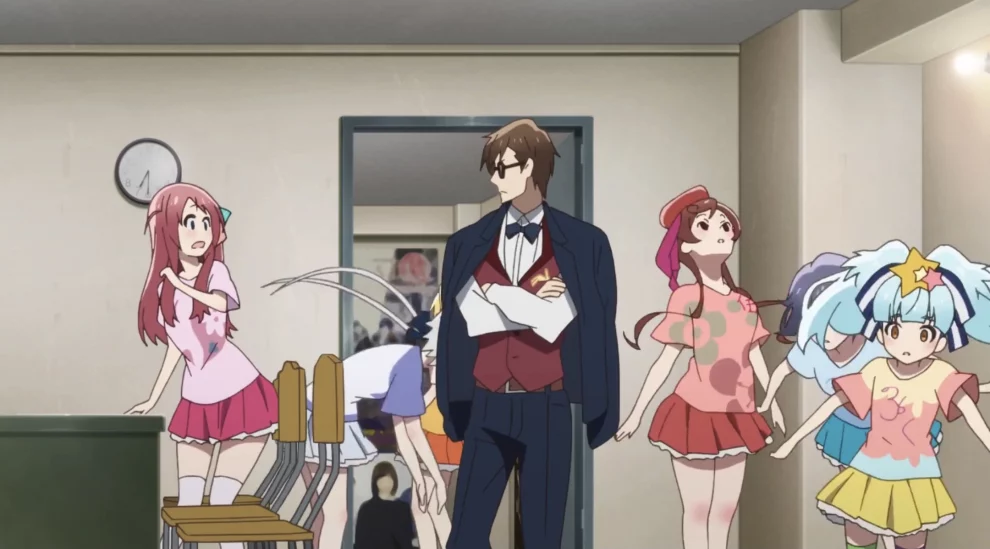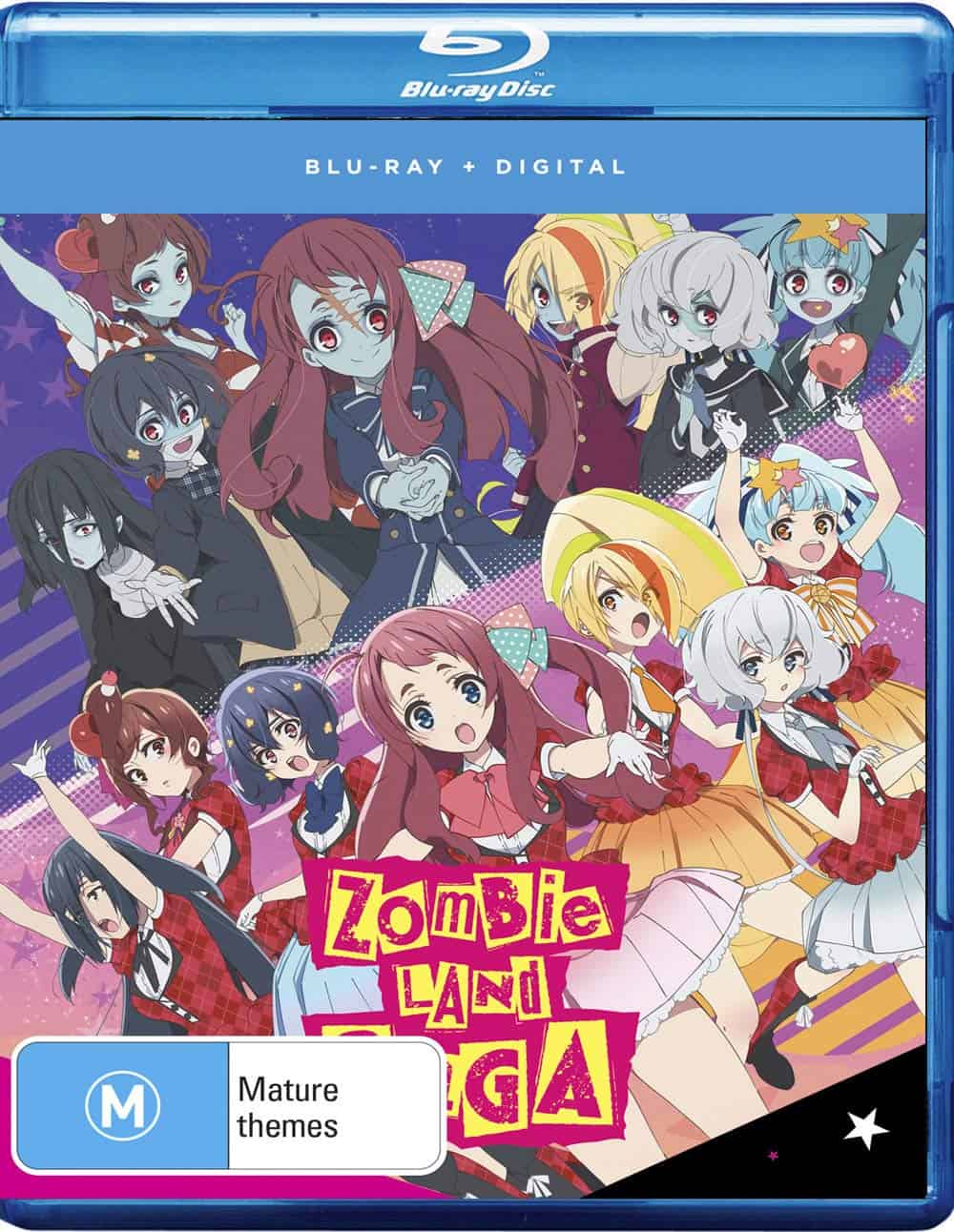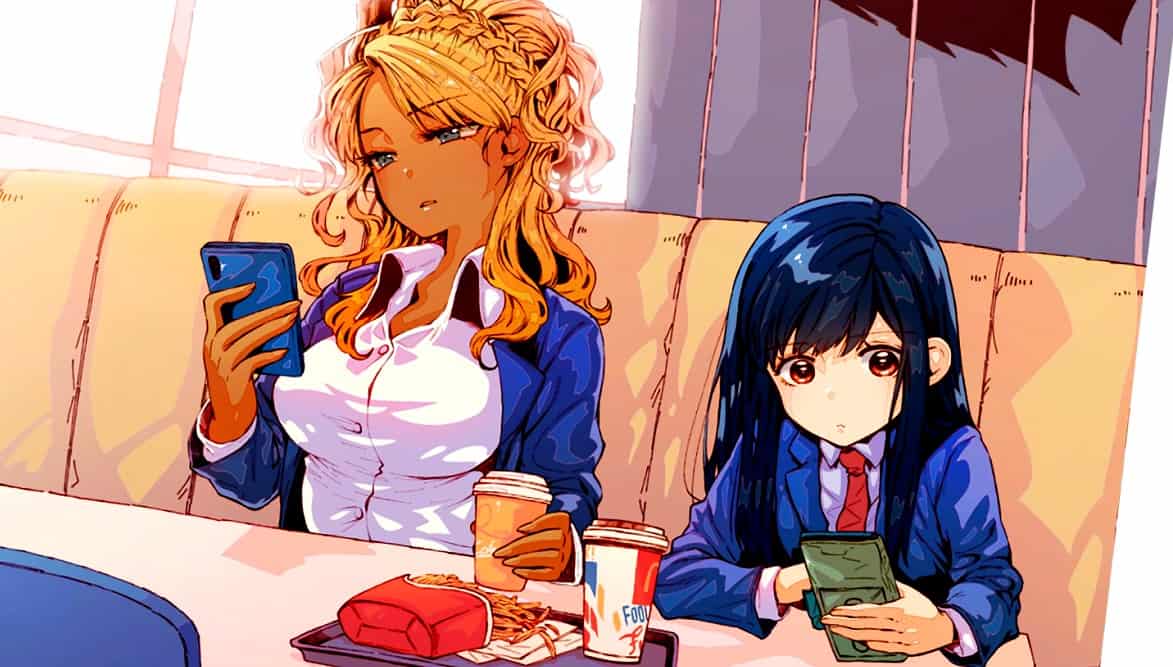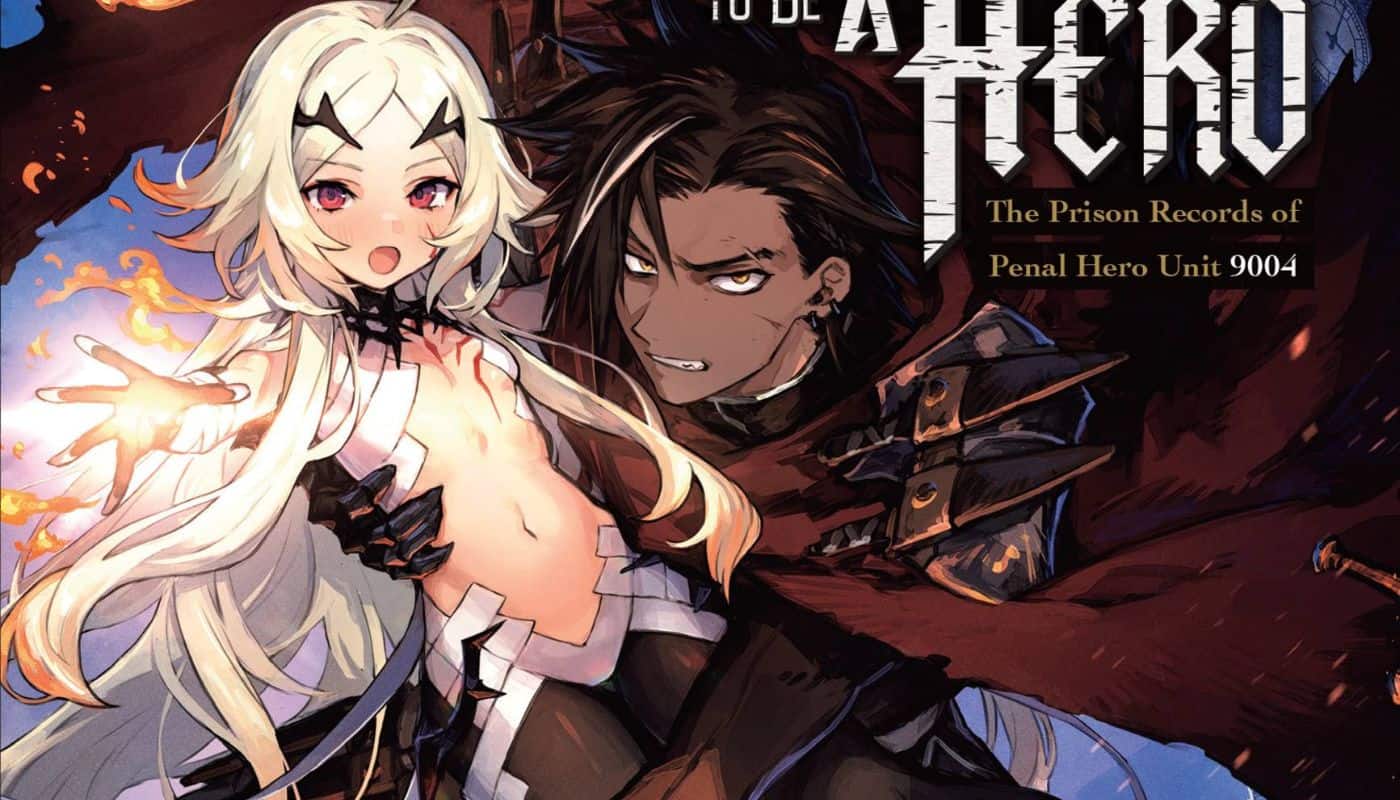As we mentioned a number of times recently, the relatively new trend of anime not being based on manga is truly picking up, as it includes many great titles, as in the case of “Vivy: Fluorite Eye's Song” and “ID: Invaded”, among others. Studio MAPPA's “Zombie Land Saga” is another of those titles, especially in the way it combines the concept of idols with drama and comedy.
In the year 2008, high school student Sakura Minamoto is abruptly killed by a truck on the morning she plans to submit an idol application. Ten years later, Sakura, along with six “legendary” girls from various eras of Japan's history, are brought back as zombies by a man named Kotaro Tatsumi, who seeks to revitalize Saga Prefecture by putting together an all-zombie idol group that would become eventually become known as Franchouchou. Sakura is the first to wake up from her brain dead state, with Kotaro next having them perform in a death metal concert at the Saga Live House Geils, which surprisingly, ends up in huge success and 5 of the rest of the six girls, regaining their senses the next day.
Saki was a delinquent and leading member of the all-female biker gang Dorami. Ai was the former lead performer of Iron Frill, a 2000s idol group Sakura idolized in life. Junko was also an idol, although from the Showa era, who was popular during the 80s. Yugiri was an oiran who lived between the Bakumatsu and the Meiji Restoration eras in the 19th century. Lily was a transgender child actress while Tae, the only one who has not regained conscience, the only one whose past is not known, to a point at least.
As Kotaro tries to both promote and train them as hard as possible, in the most death-defying ways in both occasions, the girls start to bond, examine both their past and their current lives, and face personal issues that bring them even closer together. At the same time, the mysteries and the questions continue to pile up.
Munehisa Sakai directs a story by Shigeru Murakoshi which unfolds in three different levels. The first is the concept of idols, with the creators presenting an apt metaphor for how the whole thing works. The girls are essentially prisoners of Kotaro, who tells them exactly what and when to do, with the fact that he has given them numbers (0-6) as aliases highlighting the lack of identity these girls face, as they essentially exist only as parts of a group, rather than individuals. The thoroughness with which the whole phenomenon is presented is one of the best traits here, with Sakai showing the hardships idol groups have to face in order to make it to the top, entertaining company employees at retreats, appearing in commercials, participating in races, performing for free on the street and many other deeds before they actually manage to be in real concerts. Lastly, the fact that they are zombies also moves in the same, lack-of-will-on-their-side path, while also providing the second element of the narrative
In that fashion, the fact that they are undead is the main source of comedy here, as limbs and even heads on occasion tend to leave the girls on the most uncomfortable times, not to mention their constant need to be in intense makeup during their public appearances, for people not to realize they are actually zombies. Furthermore, the fact that Tae remains a zombie, constantly jumping to eat what and whomever she wants, adds even more to the whole slapstick comedy element. Also comedic is the presentation of the sole policeman involved in the story, whose buffonish, clumsy, constantly failing and constantly racist behavior can also be perceived as a rather pointed comment for the police in general.
The last aspect, and probably the most contextually interesting one is the individual characters, their past, and the way their relationships are shaped. Starting with the mystery surrounding Kotaro, and the way he has managed to collect the girls, continuing with their individual stories, which are gradually revealed in a testament to the quality of direction, and concluding with the realization of what their lives are going to be from now, the analysis of the characters here is as thorough as possible, in another of the series best traits. That every single one of the girls gets her share of screen time results in a certain level of empathy for them, which actually carries the anime for the whole of the 12 episodes of the first season, with Sakura's depression and its consequences concluding it in the best fashion, with the two slaps involved being among the most memorable moments.
Of course, as death metal and hip hop give their stead to J-pop, some knack for this kind of music is a necessity, although even for the people who do not like the style (this writer included) it does not present a particular problem.
The animation from MAPPA is once again top-notch, with the movement of the girls being quite realistic during the “normal” scenes, and more impressive during the performance sequences, where CGI are combined with hand-drawn techniques. The duality of the girls also allows for a number of tricks in the drawing department, with them looking totally different as zombies and as idols, with the grayish tones of the former giving their place to rather vivid ones in the latter. All in all, Kasumi Fukagawa's character creation is top notch, with the girls and Kotaro looking splendid and quite different from one another.
“Zombie Land Saga” may be a bit too slapstick on occasion, but as a whole, emerges as a great title, both entertaining and contextually rich.


















I’m actually very happily surprised by how generally positive everyone has been about Lily and it makes me so relieved. I was worried that either the community would lose its collective shit and just be a toxic pool of pain and hate or the anime would handle it poorly and keep revisiting and forcing the idea but neither happened and it makes it so much better. “Yes, she is trans, moving on.” It is the exact way the anime handled it and imo that I’d be the best way to take it in media. This is the best anime series I have ever watched but I’m disappointed that this anime is as underrated as it is since it quickly makes the top three for me. The humor is absolutely hysterical, and the deconstruction of the idol genre is nothing short of genius.
“The humor is absolutely hysterical, and the deconstruction of the idol genre is nothing short of genius.”
Could not agree more